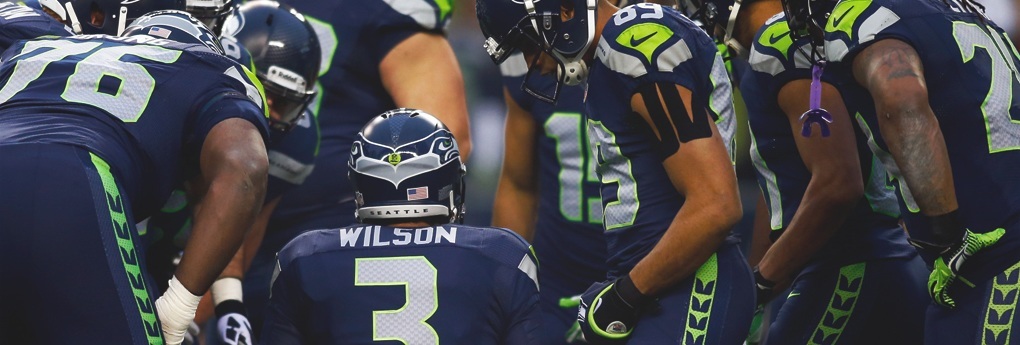As we head into Super Bowl 49 this weekend, we at gothamCulture can’t help but think about a professional football team’s culture and leadership that has (or has not) helped teams get to the big game.
Like a corporate organization, NFL football teams’ organizational culture is largely made up of leadership, team members, and the brand. Each of these plays a unique role in a successful (or unsuccessful) team on the road to the ultimate goal every year: a chance to win as world champions in the Super Bowl.
Leadership
Formally, the Coach provides a great deal of the leadership, like the CEO or the Executive Director. He sets the tone along with the team’s General Manager. The owner is usually the one who is most concerned about how well the team is doing and leads the hiring and firing of those two based on the team’s performance.
This might be similar to the board of directors or advisors in a more corporate organization. The Coach and General Manager are usually the first to take the fall if the team does badly. For example, as Owner Woody Johnson of Gotham City’s own 4-12 New York Jets said, “It became pretty apparent during the season the team wasn’t getting better and, as (Bill) Parcells said, you are what your record says you are…It was kind of obvious we had to make the change. It was obvious to me, anyway.”
Former Cleveland Brown’s quarterback Bernie Kosar reinforced the importance of this formal leadership in his recent comments, “When you have a front office that’s really uneducated, and I’m not talking about just the coach, there’s way above him that deserves this, they don’t know how to lead and organize and set a culture to play winning football, to win in the NFL consistently.”
Culture
The Owner, GM and Coach aren’t the only leaders on the team. Fans often hear about quarterbacks “leading” their team to victory. If the quarterback is having a bad day, it’s very hard for the team to do well, and often when quarterbacks are hot, the team is unstoppable.
These are the leaders in the organization who play outsized roles, whose successes and failures have ripple effects across the organization. While quarterbacks may control the game by function or role, and perhaps are the most visible of players, many other roles on the football team are critical to a team’s success.
One such example was during the NFC Championship and the Seattle Seahawks. Jon Ryan and the special teams players made a few critical plays when the team was losing badly to turn the game around. These pockets of action and success highlight the importance of the team coming together; the offense wasn’t the only one responsible for scoring points, just like one division within a company isn’t the only one responsible for making a profit.
And, even for those key opportunities for the special teams to be successful, advanced research was conducted on the opponent Green Bay Packers’ weaknesses, the coach had to be willing to take the risk to call the play, and the players needed to have the skills and focus to be able to deliver.
In corporate culture speak, this involves a culture of creativity, trust, empowerment, risk taking, and thorough market research of competitors.
Fan/Customer Appreciation
The Seattle Seahawks are also known for an organizational culture of appreciation. Their stadium is lined with #12 flags, representing their appreciation of their fans; arguably some of the most loyal in the country. They are the team’s 12th man on the field, and thereby critical to their success.
Seahawks fans are known to be so supportive and vocal that there was even a seismograph machine at both recent playoff games to measure the decibels. The fans screaming and jumping in the stadium was thought to be as powerful as a minor earthquake.
That kind of brand following is critical to organizational success.
Applying These Concepts To Your Organizational Culture
While the parallels between your corporate environment and the NFL may not be immediately apparent, there are some key concepts that you can apply to the culture of your organization:
- The buck always stops with the formal leader; if it’s not working, don’t be afraid to make a change
- Informal leadership within the organization plays a critical role in team success
- A culture of learning, risk taking, empowerment and research can pay high-dividends
- Appreciation goes a long way and leads to brand loyalty
What other relevant leadership and culture insights have you gleaned from watching football? Let us know how you’ve been inspired from leadership on the field into action in your office!
(photo credit: Jonathan Ferrey/Getty Images)
Culture Change is a Complex Process
Make sense of it with actionable advice from experts on the front lines.
You've successfully been added to our list. We're glad to have you!

